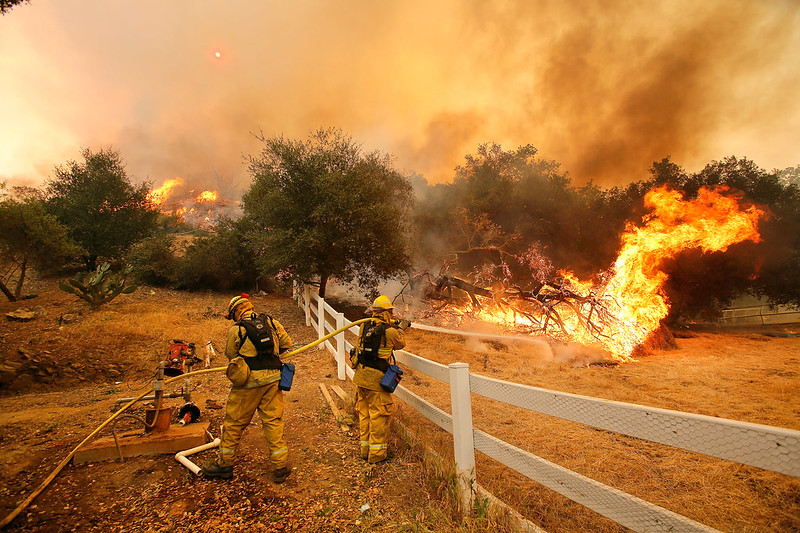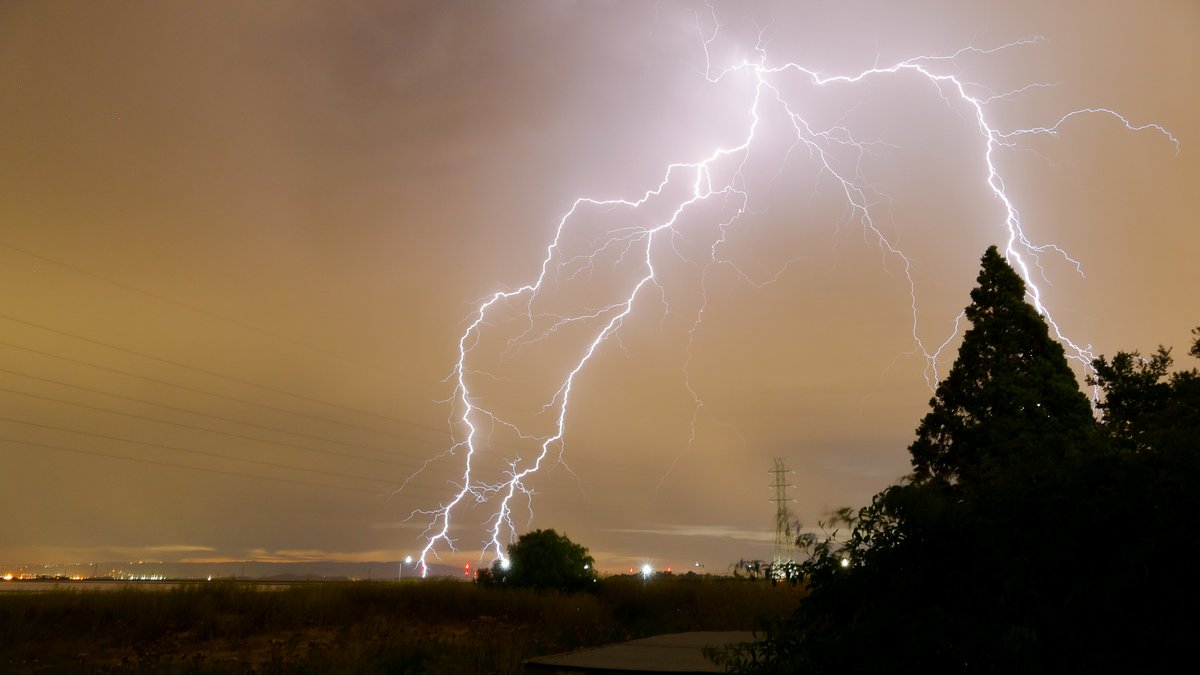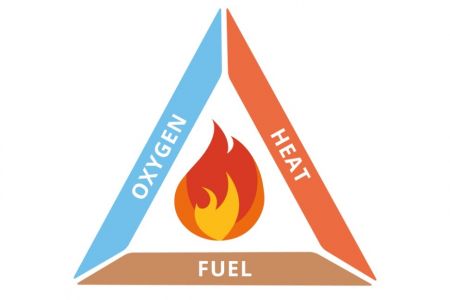 Can you imagine nearly 14,000 lightning strikes over a period of three days!
Can you imagine nearly 14,000 lightning strikes over a period of three days!
An unusually strong lightning storm hit the San Francisco Bay Area on August 16th, sparking 650 wildfires and scorching nearly 1.7 million acres. The fires killed seven and more than 100,000 people were forced to evacuate their homes in northern California.
The iconic Big Basin National Park, home to majestic redwoods, suffered damage. Redwood trees have barks that are resistant to fire, but many were scorched or found to be smoldering inside. The visitor center that was built in 1936 was completely destroyed, with only the chimney left standing.
Firefighters are continuing to battle the blazes in three different regions, and making progress. However, the poor air quality and evacuations are complicating matters at a time when California is also struggling with high coronavirus cases. Let's take a look at what caused this lightning storm.
What is Dry Lightning?
 We have all seen lightning accompanied by thunder and heavy showers. However, when temperatures are extremely hot, the raindrops evaporate even before they reach the ground. In this case, there will be lightning and thunder, but little to no rain. This phenomenon is known as dry lightning and is common in the U.S West Coast
We have all seen lightning accompanied by thunder and heavy showers. However, when temperatures are extremely hot, the raindrops evaporate even before they reach the ground. In this case, there will be lightning and thunder, but little to no rain. This phenomenon is known as dry lightning and is common in the U.S West Coast
Have you ever wondered what causes lightning to form in the first place?
When thunderstorm clouds form, there is a heavy movement of air and moisture (water and ice droplets) within the cloud. As particles move and collide against each other, the electrons get stripped away, forming charged particles. The positively charged particles accumulate at the top of the cloud, and the negatively charged particles (electrons) at the bottom.
Since air is an insulator, the charges typically remain within the clouds. However, sometimes there is an unusually large amount of negative charge accumulation at the base of the cloud. This induces an opposite charge (positive) on the Earth -- and then, conditions are ripe for an electric current to flow from the cloud to the Earth.
The electric charges break down the insulating air particles into plasma as they make their way towards the Earth. Since air contains dust and other impurities as well, it does not break down into plasma uniformly, and hence this gives lightning the jagged patterns that you see.
Wildfires In California
 To understand the annual wildfire season in California, read our earlier article here.
To understand the annual wildfire season in California, read our earlier article here.
California went through a prolonged drought from 2011 to 2017. This year, the state had its driest winter on record in February. Usually, the three-month period from December to February is when the state receives more than half of its yearly precipitation (rain and snow), which replenishes water reservoirs, snowpacks on mountains, and adds moisture to the soil.
The catalyst for the latest disaster came in the form of a tropical storm that was brewing off the coast of Mexico. The moisture-laden clouds moved further inland and north, where they encountered the high heat in many Bay Area cities, creating the perfect recipe for dry lightning.
Climate change has been tied to increasing heat and lack of precipitation in the western U.S. This is also lengthening the fire season, and with another two to three months left before rains arrive, the situation is dire for the Golden State.
Sources: NYTimes, NOAA, Mercury News, National Geographic









